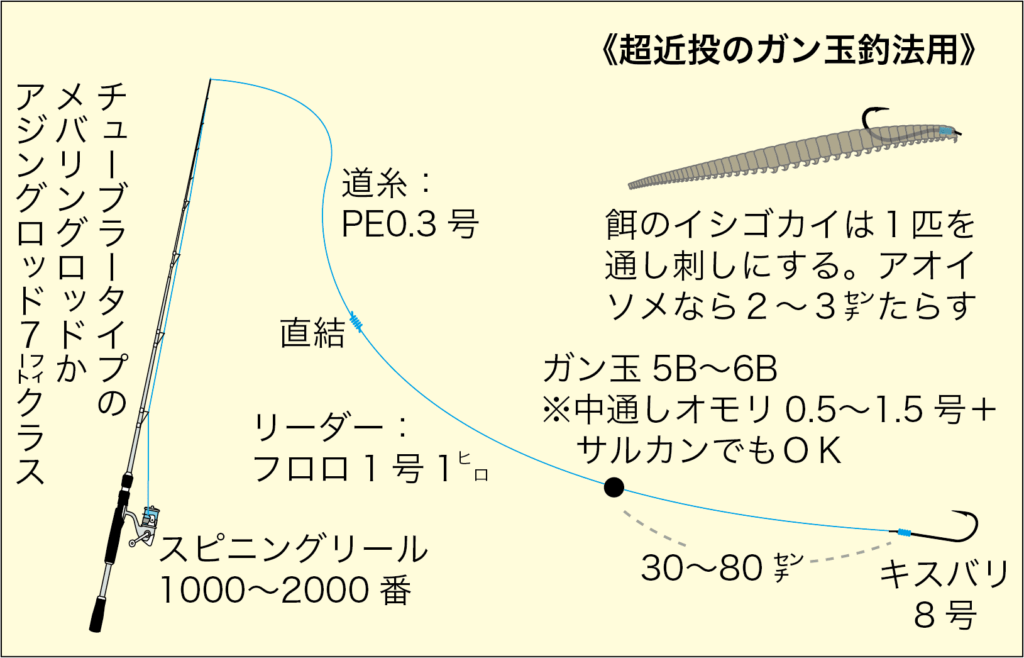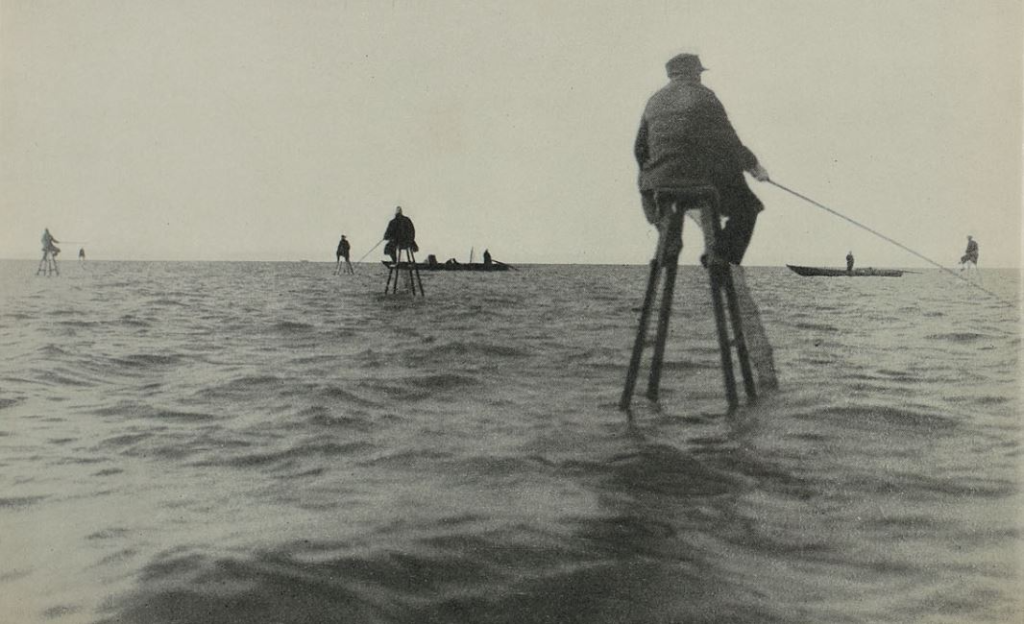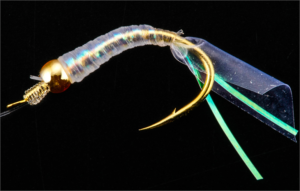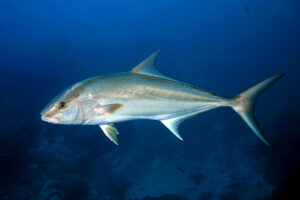Smelt whiting, the swift in the surf
Smelt whiting is one of the most popular targets in surf fishing, especially on sand beaches. As a target of angling, its size is not big, but there are unique attractive points in this fishing.
I will show you the current fishing styles (from the shore) for this fish, after you will know about this fish. Then we will go deep into the historical aspect of smelt whiting. After you read it, you will understand why this fish attracts Japanese people.

Species
I assume this smelt whiting is a very exotic fish, for Europeans or people in the Americas. It is because related species to Japanese smelt whiting (Siliago japonica), which is the main topic of this article, are not in Atlantic coasts and eastern Pacific coasts.

Sillaginidae (Sillago) family, which has Japanese smelt whiting, inhabits the Indo-Pacific, east of Japan and south of Australia.
It dwells inshore with the sand bed or bottom with silt or mud. It often moves along the tidal flats in addition to the surf zones. It is carnivores and feeds on a variety of crustaceans (Senticaudata etc.) and sea worms (Ragworm etc.). It is said that they search their food by detecting vibrations coming from their prey. They search their food facing the bottom of the sea using their thin or narrowed mouth. The average size for fishing is 15 to 20 cm. And over 25 cm is said to be a pretty good size. While it is said that it grows up to 30 or 35 cm, it is very rare to see such a large fish.
Note: There is another species of this family, small-scale whiting (Sillago parvisquamis), in Japan. And it had been a great target, extending from normal smelt whiting, for its larger size. But it is so rare to find them that it is listed as under the threat of extinction.
In Japan, smelt whiting are living in almost every sandy coast, except in Okinawa. It spawns from the early summer until the beginning of autumn. When the water temperature is high and comfortable, it stays in the shallower areas. As the temperature turns lower, it moves down to a deeper area. The suitable temperature of the water is 15 – 25 degrees centigrade.

Current styles of smelt whiting fishing
Presently, in Japan, there are two main styles of fishing to catch this fish. One is a long casting style, and another is a short or easy casting style. The long casting style uses the stiff rod to cast away an 80 to 100 g sinker, for the distance of 50 to 100 m.

And another style involves the casting of 10 to 30 m, with using relatively shorter rod to cast 30 to 50 g sinker.

The attraction of this fish is the bite and the run. This fish is swimming in the beach where waves are pushing and pulling the water all the time, and it makes smelt whiting a great athlete. As it finds a bait, it nears quickly to attack, then it dashes away. This gives an angler a very, very strong bite signal. You cannot imagine the strength of the signal from the size of the fish. After it is hooked, you can feel the special movement or fight through the fishing line. Even with the long main line that remains to be reeled in and with the sinker attached between you and fish, you can feel the fish like the vibration of a guitar string!
Understanding this attraction, some people started the lighter rigs (even lighter than the easy casting style above.) Using the very thin braided line for the main line, you can feel the fish more directly. The only missing point of this style is the castability, unfortunately. Many people wish that one could catch the rig for the fish very far…

History of fishing for smelt whiting
The oldest record that shows about this fish is an encyclopedia published in Edo period, Wakan Sanzai Zue 和漢三才図絵(1712.) From it, we can see that this fish was well recognized at that time.

For us, who have a long line with reel to cast away our rigs, it is easy to catch smelt whiting in shallow beaches. But what would you do if you had no reel in your hand, standing on the shore?
In the Edo period, smelt whiting was one of the popular fishing targets in the current Tokyo bay area. This area had vast tidal flats that were suitable for this fish. And it neared the coast in summer and was often visible from the shore. In addition to it, the attraction of bite and run described above added value for anglers. This smelt whiting was nice to eat, too.
It is recorded that people were using such rigs, using simple whip rods.


Images from this archive. Rods are multi piece rod and short rod with line holder.

Images from this archive. Small boom for this fishing. The block in the middle is the sinker. Top part connects to main line, and sides are for hook leaders.
To reach a fishing point, people go fishing with styles such as the images below.


These are clearly better than wading.
How did they settle on the ladder? The photo below can give you the idea.
There was a boat service which brought anglers to the spot with ladder.

While there was a greater population of smelt whiting in that era, I am sure much more anglers have enjoyed the bites of smelt whiting than modern anglers can enjoy.
Though the fishing style changed from then, what Japanese people have kept in their mind is the attractiveness of eating it.
You know, it brings you a good excuse to go fishing as you make a promise to come back with nice ingredients for dinner. It is good for sushi, tempura, fry and grill!

Image from this site.



Images of cuisines are from this site.

